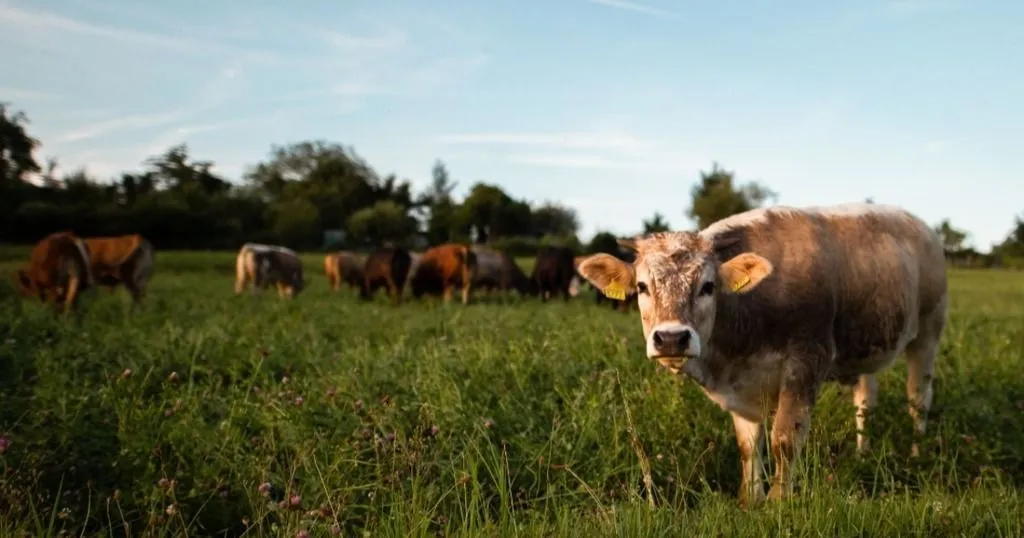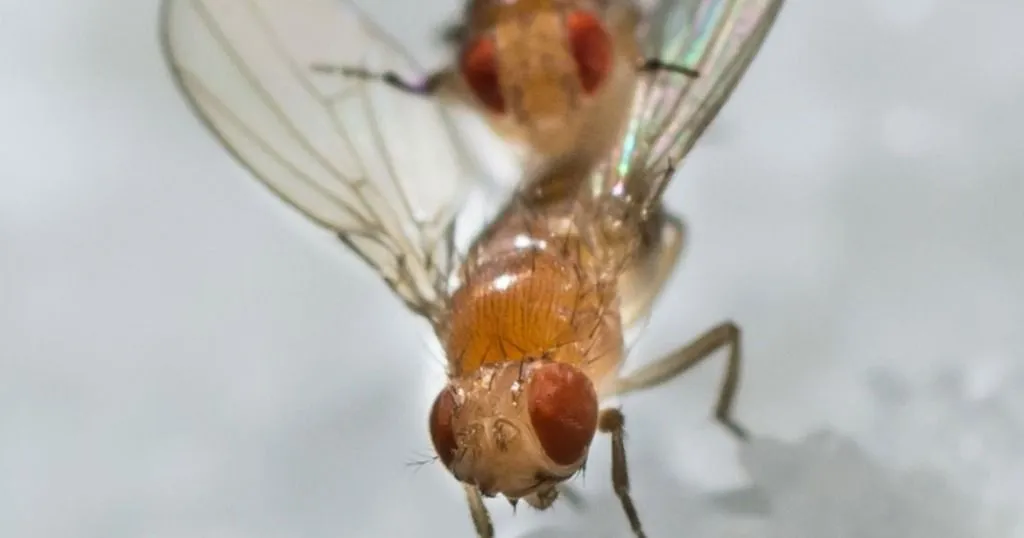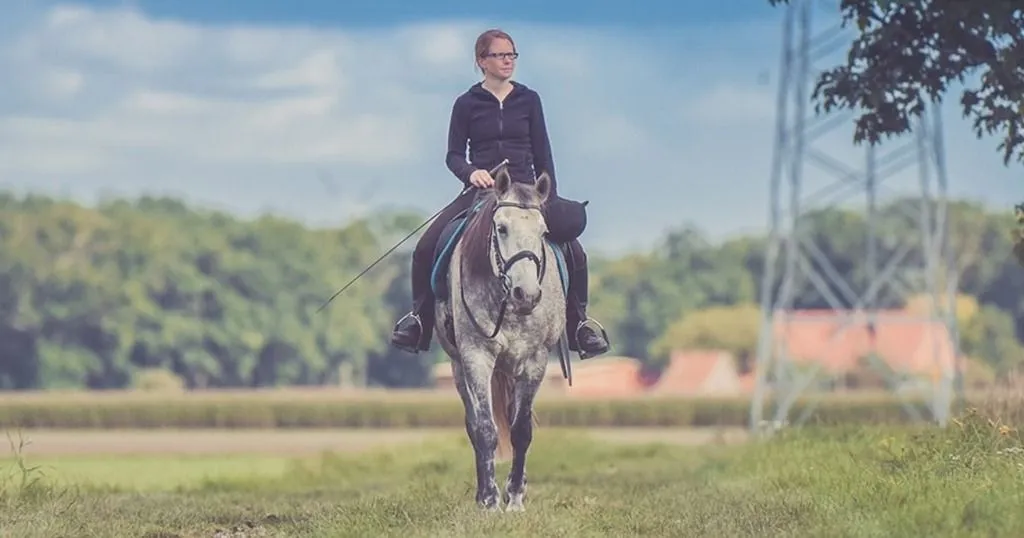How does heat stress affect the health and welfare of dairy cows?
When environmental temperatures rise, livestock animals, such as dairy cows, are vulnerable to heat stress. Researchers Polsky and von Keyserlingk reviewed how heat stress affects animal productivity, health, and welfare.
Posted by
Published on
Mon 24 Feb. 2020
Topics
| Welfare | Cows | Farm Animals | Livestock | Precision Farming | Stress | Tracking | TrackLab |

When environmental temperatures rise, livestock animals, such as dairy cows, are vulnerable to heat stress. Heat stress occurs when an animal is unable to lose excess heat, resulting in an increased body temperature and a range of physiological responses. Heat stress can impact an animal’s productivity, health, welfare, and may even lead to fatalities.
Heat stress is a challenge in regions with long summers, constant sunlight, and high humidity. However, with global temperatures rising, farmers from all over the world should take the risks of heat stress into consideration.
In this blog post, we discuss a review by researchers Liam Polsky and Marina von Keyserlingk on the effects of heat stress on dairy cows.
Coping with the heat
Dairy cows have different strategies to cope with elevated temperatures. Physiological responses include increased panting, sweating, and respiration. Furthermore, their milk yield and reproductive performance decreases.
They also display a range of behavioral coping strategies. For example, dairy cows drink more water and shift their eating times to cooler periods during the day. They also decrease their activity and movement, increase their standing time, and spend more time seeking shade.
Studying animals’ biological functioning and behavior provides insights into the effects of heat stress on health and welfare. However, Polsky and von Keyserlingk argue that to gain a fuller understanding of heat stress, it is also important to study their affective states and natural living conditions.
Affective states
Thirst
When an animal experiences heat stress, it is vital that they can access water easily. Drinking more water helps animals stay hydrated, especially chilled water which can lower their body temperature and respiration rates.
Monitoring drinking behaviors can help prevent health issues in dairy cows. For example, in extreme cases of heat stress, an animal’s thirst can decrease or disappear completely, putting animals at risk for serious illness and even death.
Hunger
During heat stress, animals may lose their appetite, which can result in weight loss and undernourishment. In fact, research has shown that an animal’s feed intake can decrease as soon as one day after temperatures start to rise.
To compensate for these issues, farm managers often increase the energy density of the diet. However, research suggests that the digestion of protein elevates internal temperatures. This means that an altered diet may actually worsen the effects of heat stress instead of reducing them.
Lameness
Heat-stressed cows increase their standing time to expose more of their skin’s surface for heat reduction, water loss, and air movement. On the other hand, prolonged standing may be a risk factor for lameness and pain. Therefore, when monitoring animal health, it is important to study animal activity.
Frustration and aggression
If animals are interrupted in their heat alleviating behaviors, they can get frustrated. They may also get frustrated if they experience conflict on whether to stand to cool down or lie down to rest.
Feelings of frustration can turn into aggression towards other animals, especially when competing for resources such as shade or drinking water.
As a result, dominant cows may have better access to these resources than cows lower in the social hierarchy. As subordinate cows already have a weaker immune system, their risk for heat stress increases.
Natural living conditions
When dairy cows live in an environmental that is similar to their evolutionary living conditions, it provides them with the best opportunities to use their natural coping strategies. However, different breeds of dairy cows have different abilities to deal with heat.
For example, B. indicus cows are better adapted to deal with heat stress conditions than B. taurus cows. Research indicates that B. indicus evolved in tropical Asian regions and, therefore, developed biological traits that improved their ability to deal with heat stress. This includes characteristics such as greater skin pigmentation, shorter hair, and lighter-colored coats.
In regions where elevated temperatures are constant, farmers may want to choose breeds that are better adapted to heat conditions.
Solutions for animal heat stress
Several technologies in housing and animal management can provide immediate relief for animals with heat stress. This includes options such as fans, misters, and showers.
However, research shows that dairy cows display avoidant behaviors in reaction to water exposure. Researchers Liam Polsky and Marina von Keyserlingk speculate that this method of cooling may go against dairy cows’ natural living conditions, and that they prefer to seek shelter instead.
Furthermore, with large amounts of wastewaters, such solutions quickly become economically and environmentally unsustainable. It may be better to use physical structures to provide shade and choose farm locations and orientations more carefully.
Tracking animal behavior
Solutions for immediate relief are important in treating the effects of heat stress. Of course, it would be even better to prevent heat stress itself. Measuring animal behavior is invaluable in this field of study.
TrackLab can help you gain valuable insights in animal behavior during heat stress. The software offers reliable tracking, as well as various options for the analysis and visualization of your data.
For example, you can monitor how much time your animals spend lying, standing, and walking. This is a great way to monitor your animals’ coping strategies and keep an eye on signs of lameness. You can also study place preference and learn about accessibility of drinking areas or shade.
Moreover, measuring social behavior can help you monitor grouping behaviors and identify which animals are dominant. This can help prevent the escalation of heat stress, as well as aggression and competition for resources.

Reference
Polsky, L.; Von Keyserlingk, M. (2017). Invited review: Effects of heat stress on dairy cattle welfare. Journal of Dairy Science, 100 (11), 8645-8657.
Related Posts

The power of rejection (in fruit flies)

Which head and neck positions are stressful for your horse during lunging?
